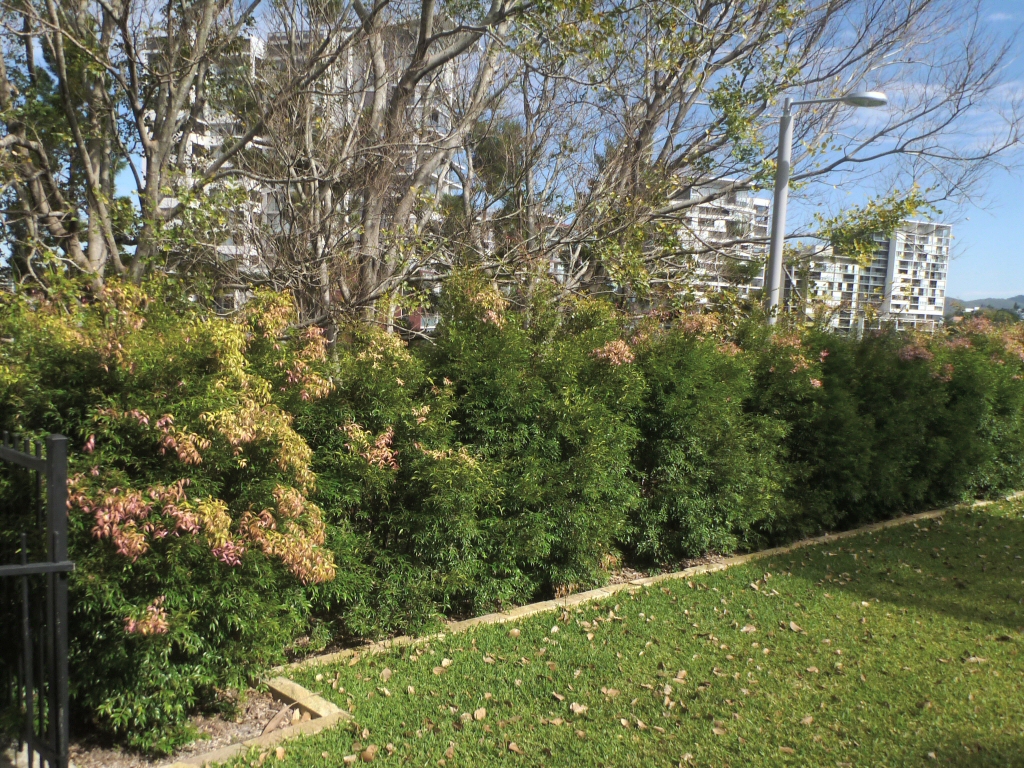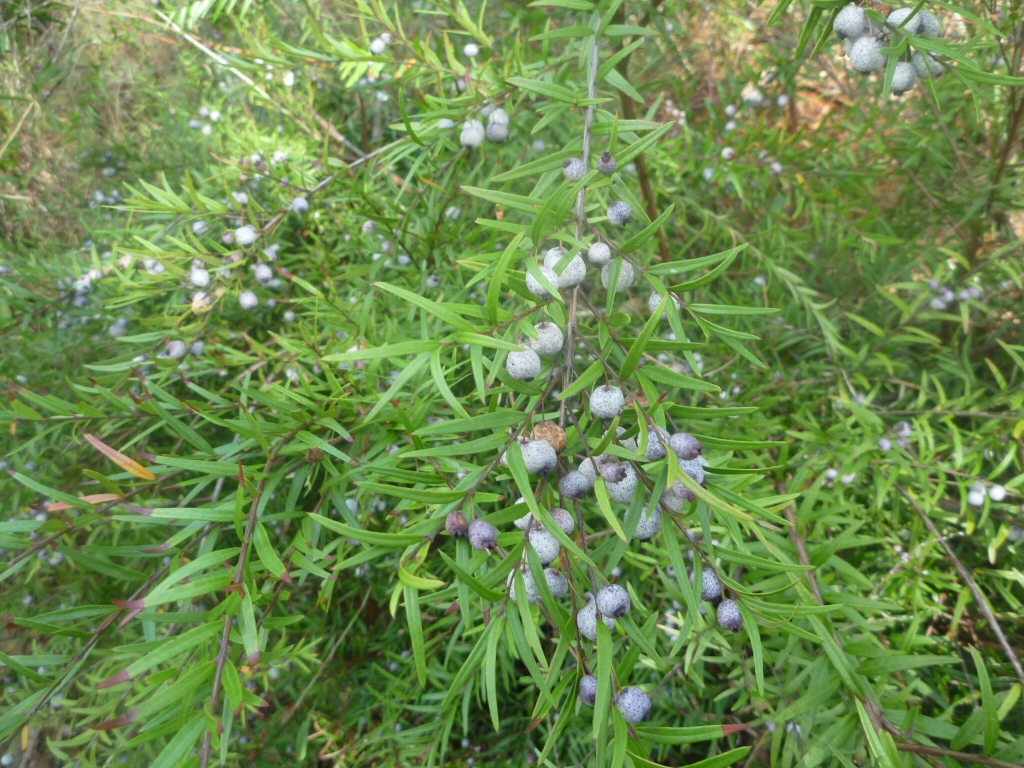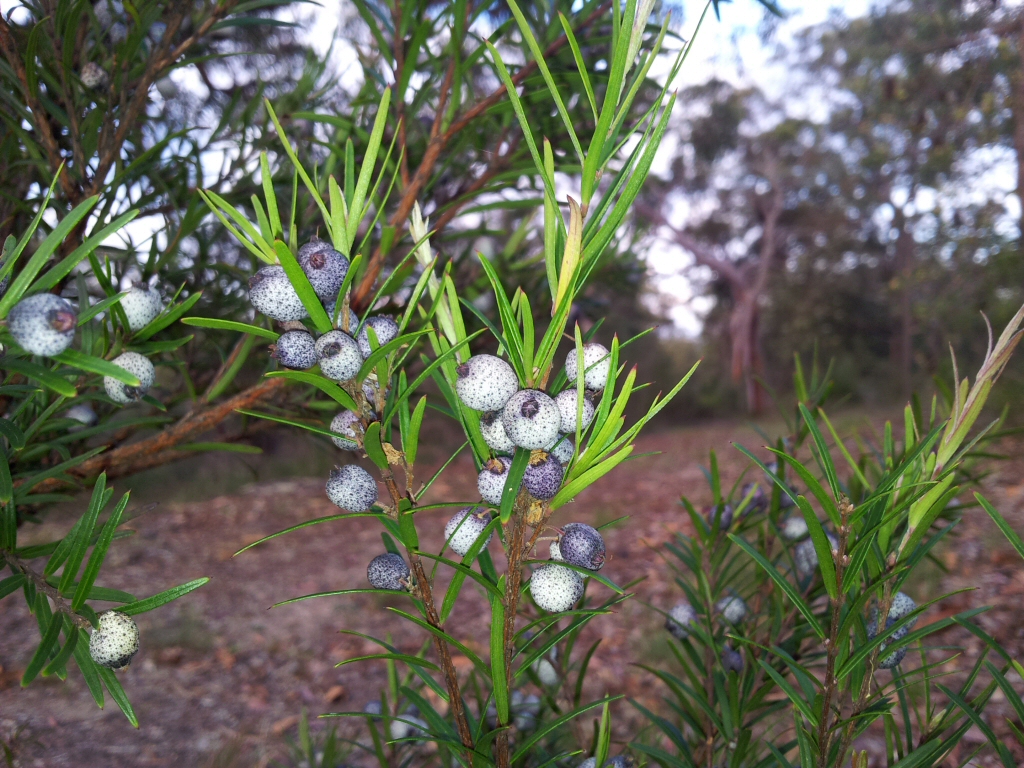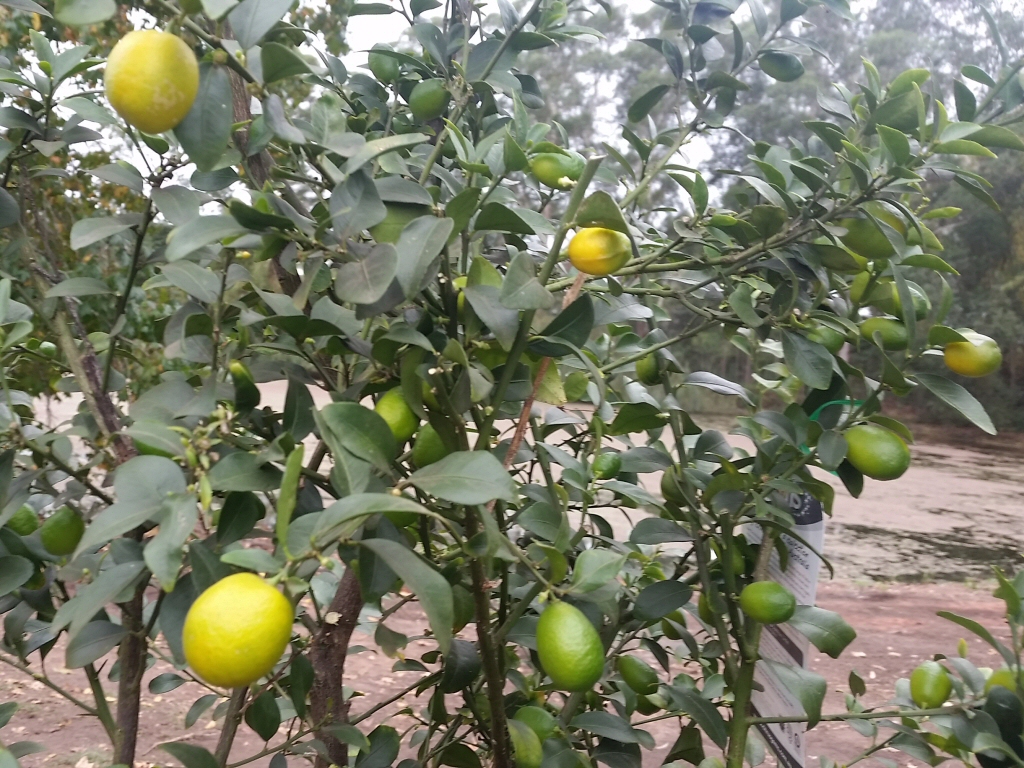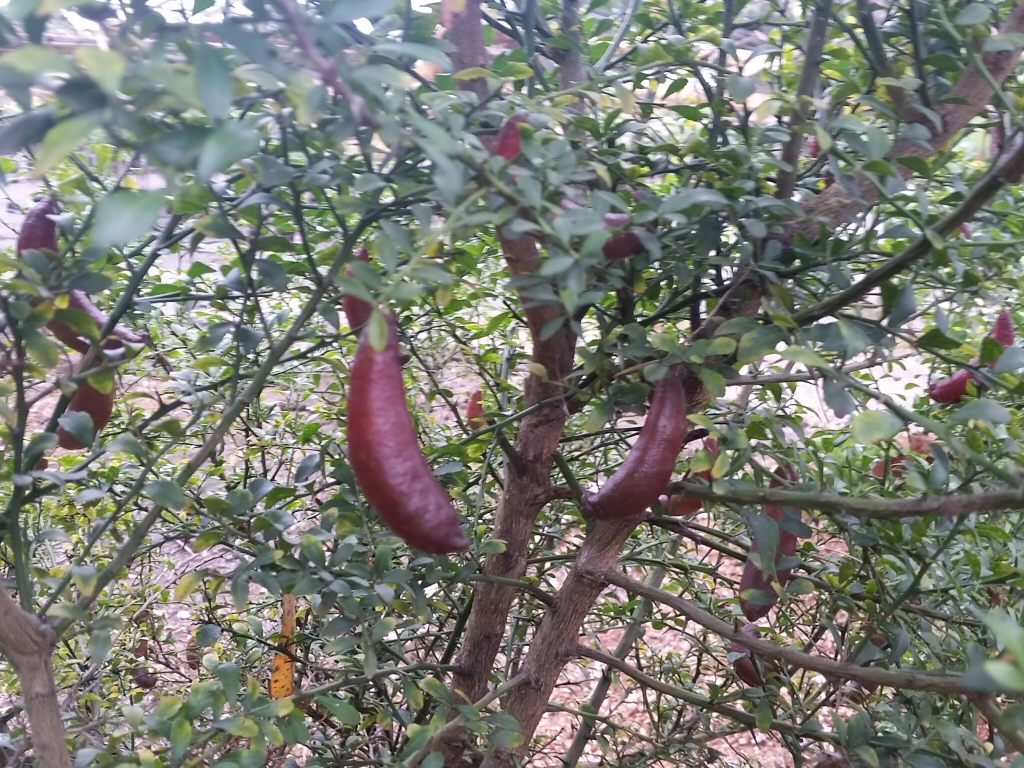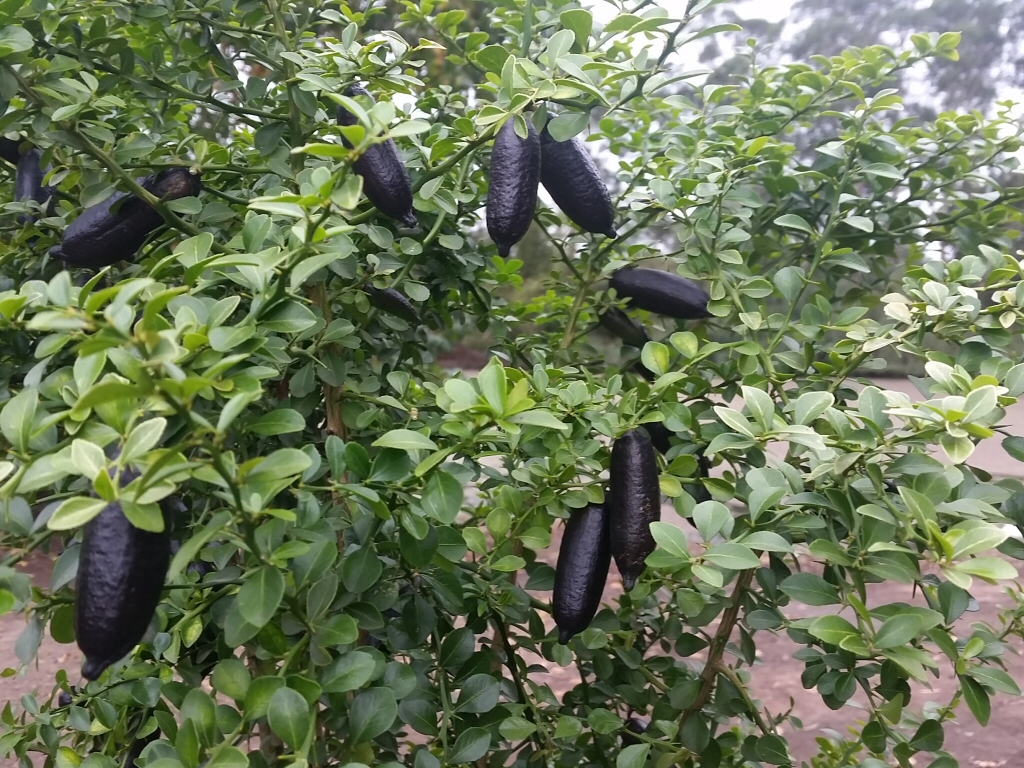Getting started with bush foods
Traditional Australian histories have painted Aboriginal people as hunter-gatherers who did not develop agricultural systems or have permanent settlements. However, recent publications such as Dark Emu by Bruce Pascoe have presented Australian history from an Aboriginal perspective that tells a very different story. Pascoe presents evidence of advanced systems of farming that directly contradict the versions of history usually presented by non-Aboriginal authors. I strongly recommend that anyone interested in the subject of Australian bush foods reads widely on the subject including Dark Emu to learn from the new information being published.
European settlement has resulted in a tragic loss of information about the many and varied ways that Aboriginal people interacted with the Australian flora. Fortunately, this situation has changed dramatically in recent years with a great deal of knowledge being documented and becoming available often through the generosity of Aboriginal people.
Careful research on the subject is also strongly advisable to ensure that species are correctly identified as plants can contain allergens and toxins that may be harmful. Whilst urging a cautious approach to bush foods it should also be said that many bush food species are not only useful, but also ornamental and can add a great deal of interest to your garden as well as foster an interest in Aboriginal culture that is such a vital part of the history of this ancient continent..
The following plants are some of the most interesting and rewarding bush tucker plants for the home garden:
Riberry (Syzygium luehmannii)
The riberry (Syzygium luehmannii) is also known as the small leafed lillypilly. It is one of the many different species of lillypilly that have rightly become extremely popular for hedging due to their dense vegetative growth and ability to be pruned to whatever size you desire. It is a medium-sized rainforest tree that is best suited to frost-free areas, although it will grow in colder areas if given a sheltered position. Masses of white flowers are borne on the ends of the branches in late spring and are followed by the very decorative red, pear-shaped fruits that are about a centimetre in length and are harvested when they start to soften. An additional feature is the pinkish-red colour of the new foliage that gradually turns green. Riberry fruit can be eaten fresh; leaving the seed uneaten, and has a rather distinctive clove-like flavouring. The fruits are also particularly useful for making jam, tarts, jelly and even ice cream.
Midyim (Austromyrtus dulcis)
A close relative of the lillypillies is the midyim (Austromyrtus dulcis), a small bushy shrub that makes an excellent border plant that grows to around a metre in height can be pruned to whatever shape you desire. It bears attractive small (1cm diameter) white fruits that have unusual blue-grey spots and are eaten fresh or used for jam when they change colour and ripen in the autumn. As well as the pleasant aromatic flavour of the fruit the fluffy white flowers are also a feature in late spring while the small pointy leaves having a bright pink tinge when they first emerge. It is slightly frost tender but grows well in seaside locations provided there is reasonably good drainage.
Davidson’s Plum (Davidsonia pruriens and jerseyana)
-

Davidsonia pruriens - Davidsons Plum
-
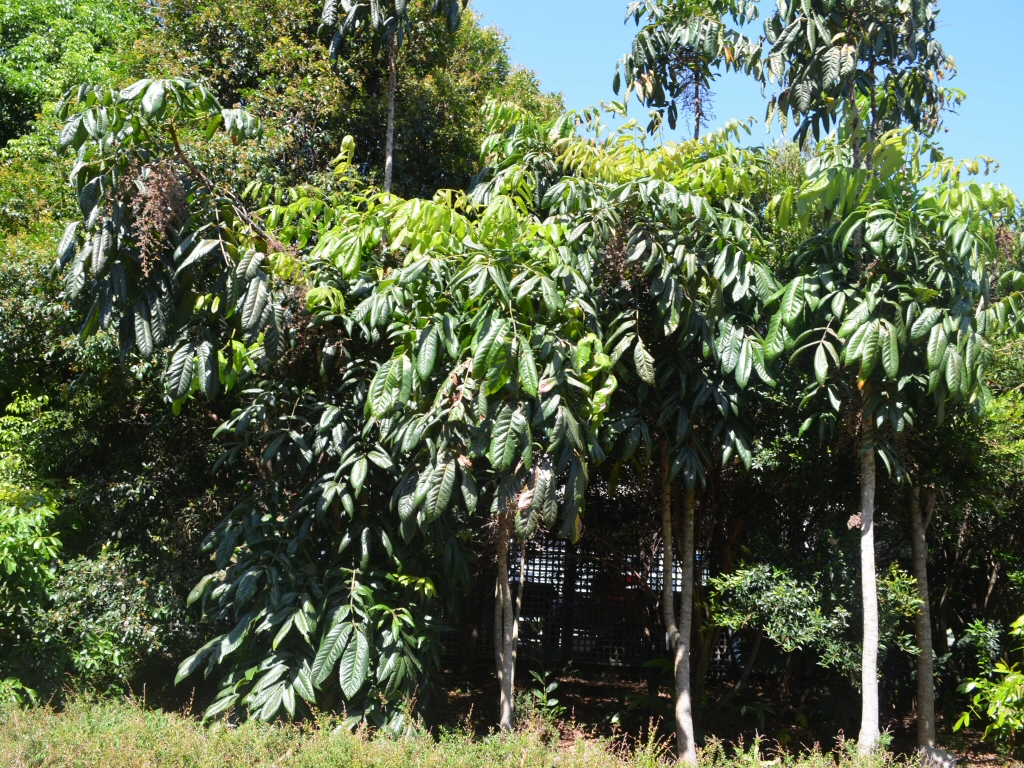
Davidsonia pruriens - Davidsons Plum
-
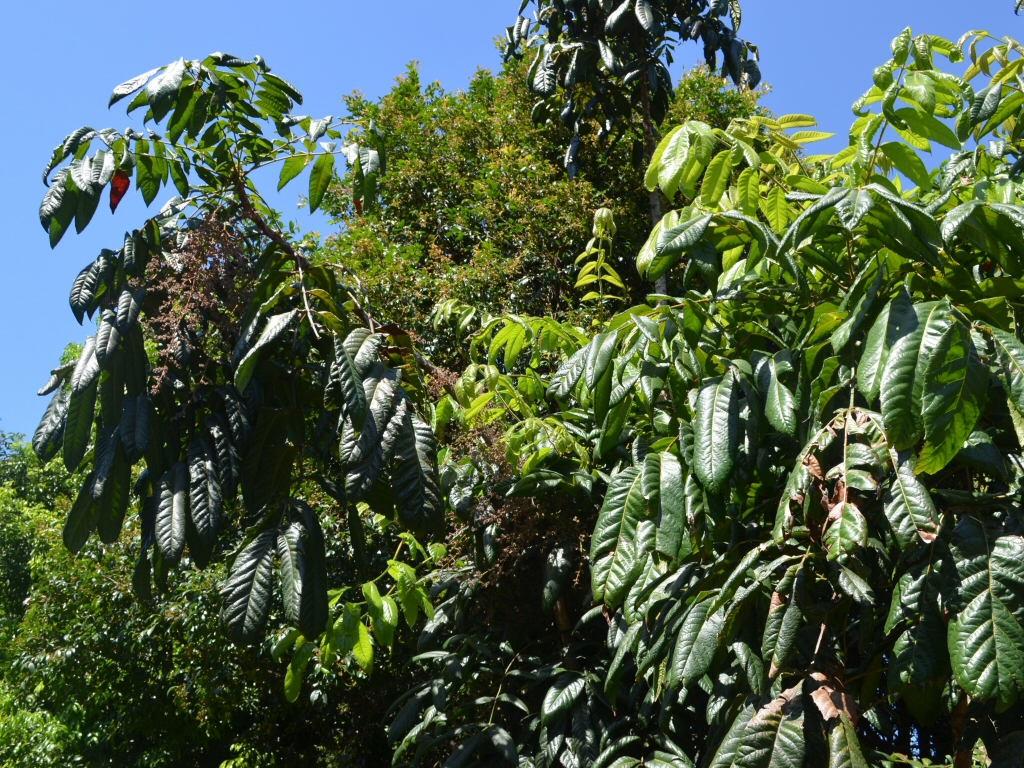
Davidsonia pruriens - Davidsons Plum
Another very beautiful rainforest tree with edible fruits is the Davidson’s Plum (Davidsonia jerseyana or Davidsonia pruriens) or to use its aboriginal name, Ooray. This small, narrow rainforest tree bears 5cm long, purple-black plum-like fruits in late summer and autumn. It also has very attractively lobed and textured large leaves to 80cm long.
It is a tree that one would plant for its ornamental value alone and can also be used as a potted indoor plant early in its life. It has to be said that the have a very acidic, sour plum flavour when raw, however, the dark red flesh makes for an attractive jam, and to provide colouring and a delicious tangy flavouring in sauces, ice creams and drinks.
Lemon-scented myrtle (Backhousia citriodora)
-
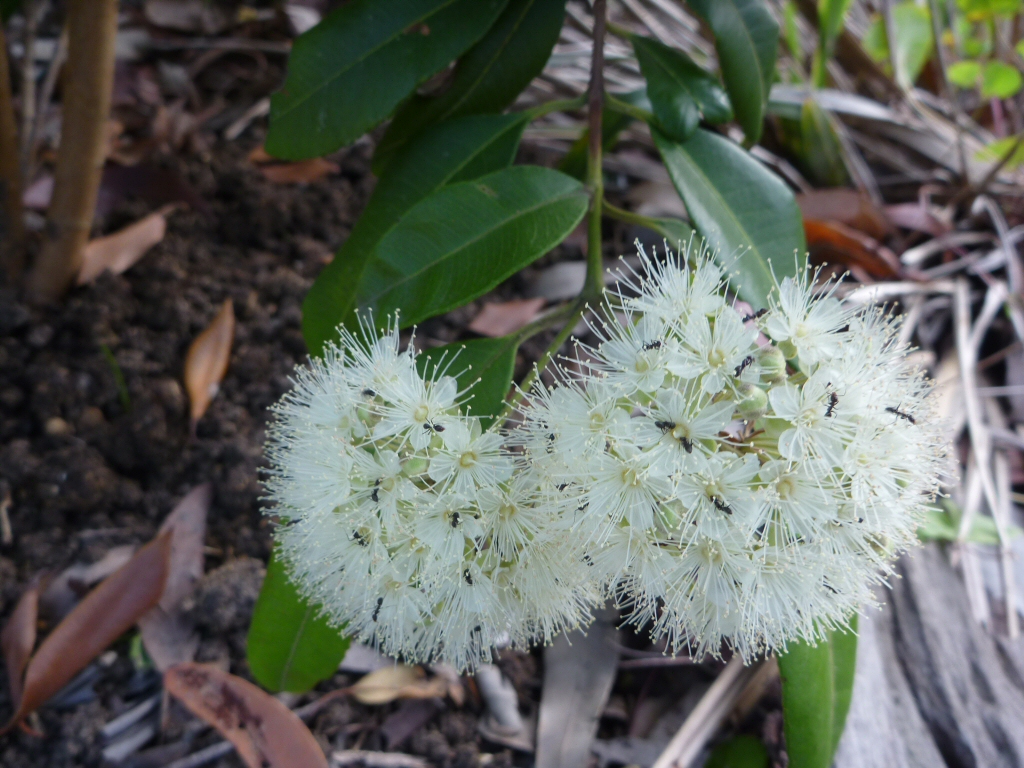
Backhousia citriodora - lemon myrtle
-
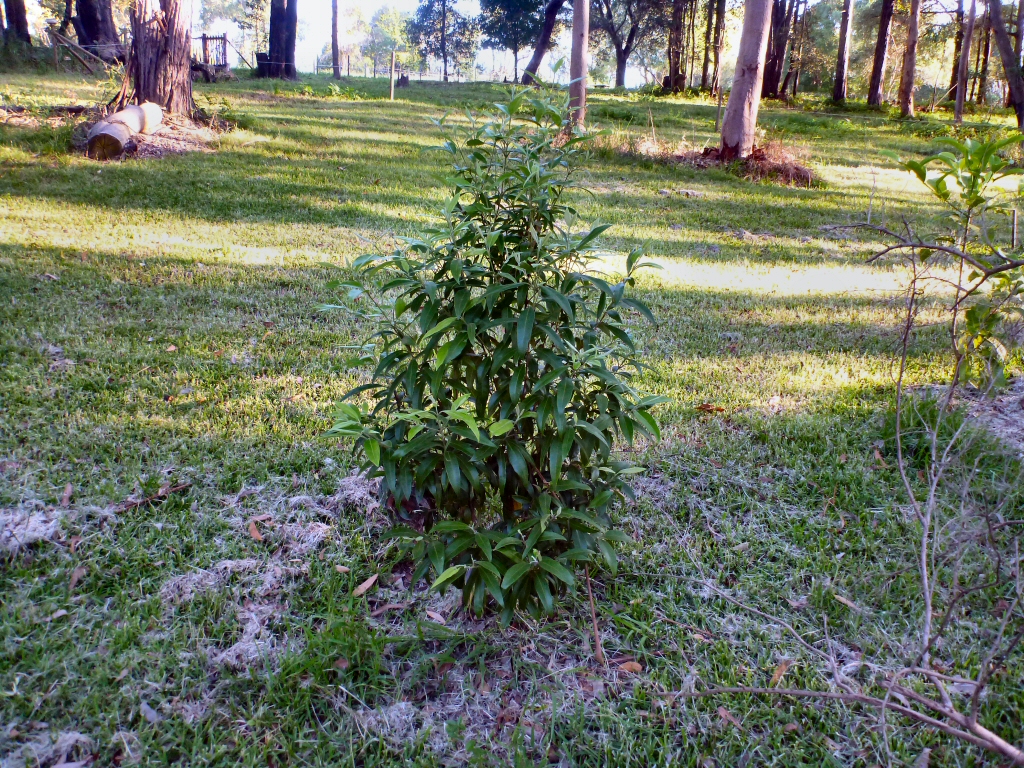
Backhousia citriodora - lemon myrtle
-
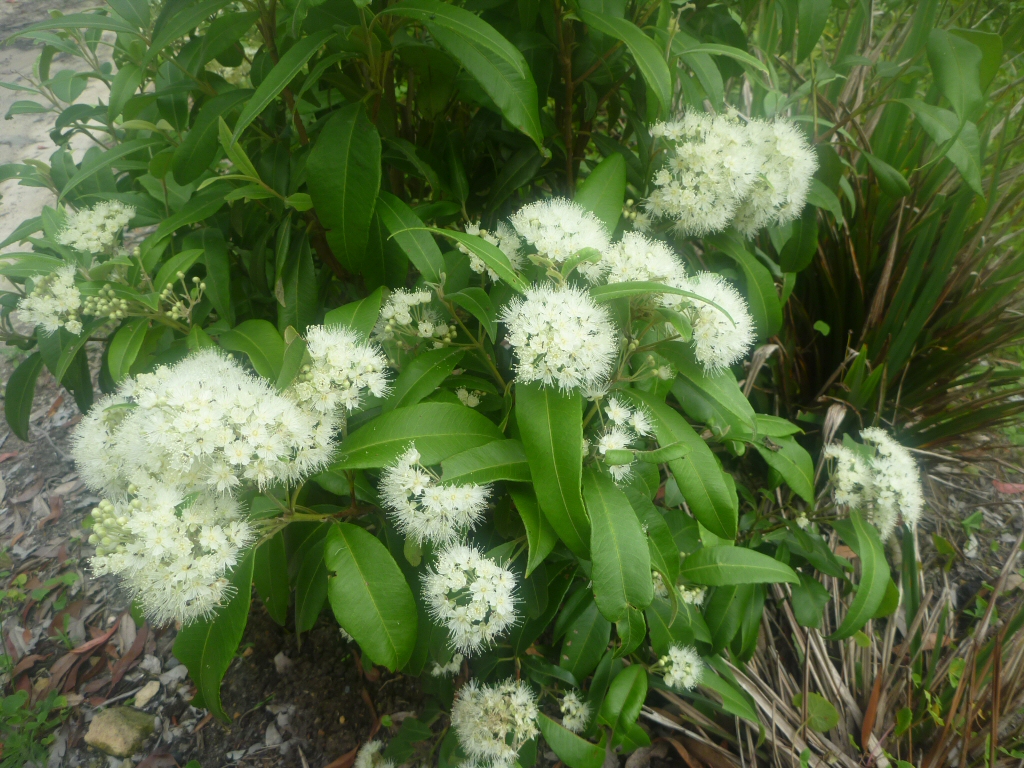
Backhousia citriodora - lemon myrtle
The lemon-scented myrtle (Backhousia citriodora) has become one of the most popular bush tucker plants for its deliciously flavoured foliage. It has been popular for decades purely for its ornamental appearance with large glossy, camellia-like leaves and terminal clusters of fluffy white flowers in spring. It grows into a small tree around 8 metres in height that can be pruned into a formal hedge if that is your need.
Pruning through the warmer months will, in fact, stimulate the production of new foliage that can be used fresh or dried as a wonderful lemony flavouring for a variety of culinary purposes such as baked fish or chicken recipes, cakes, confectionery as well as refreshing tea or simply infused into your drinking water.
Native citrus and finger limes
There are some exciting new plants appearing and nursery people are breeding and selecting our very own native citrus to get better varieties for home gardeners and farmers. Once neglected due to the small fruit size and their thorny habit, native citrus are now hot plants to have, as chefs and home cooks discover new ways to use this interesting fruit. There is a range of different fruit colours too, to add to the excitement, from black to pink to green as well as yellow, red and orange. The CSIRO has also cross bred our native citrus with larger exotic varieties to give an even bigger variety of choice. The fruit is small but contains interesting citrus ‘pearls’ that are work well in cooking and are fabulous for garnishing where they give a real citrus pop.
They will do well in a wide range of areas, and can be container grown if they are well looked after, with regular watering and feeding. Keeping the plant in a pot helps with care, as weed control around the spiky plant is easier.
Macadamia nut (Macadamia integrifolia)
-
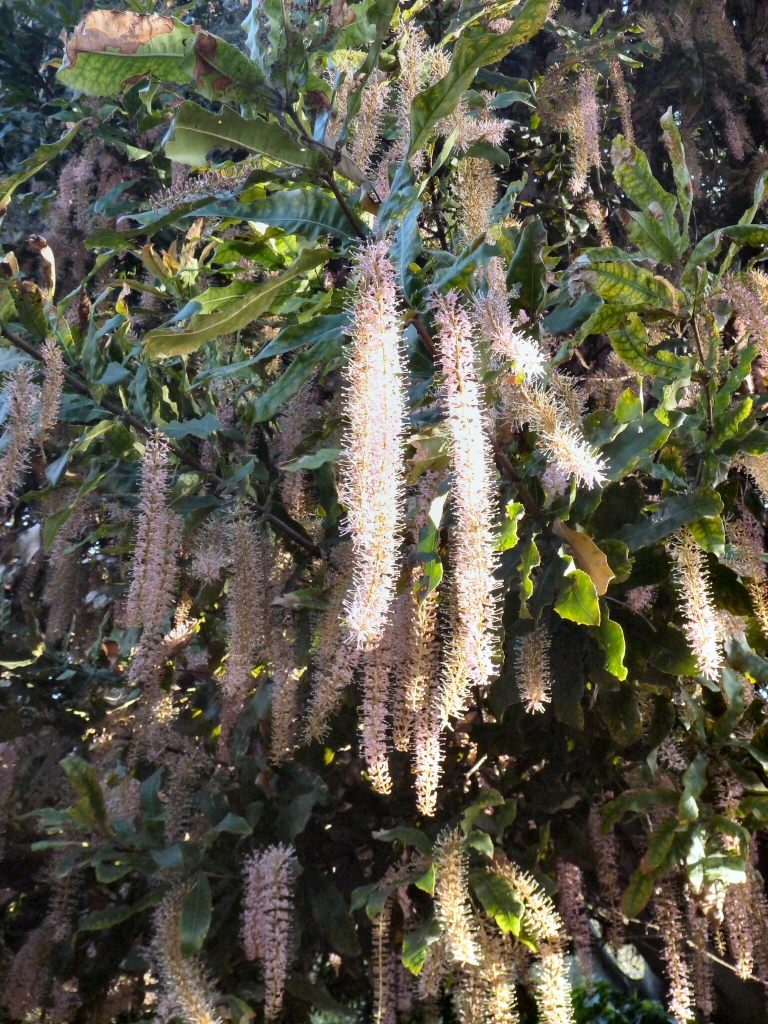
Macadamia integrifolia -macadamia nut
-
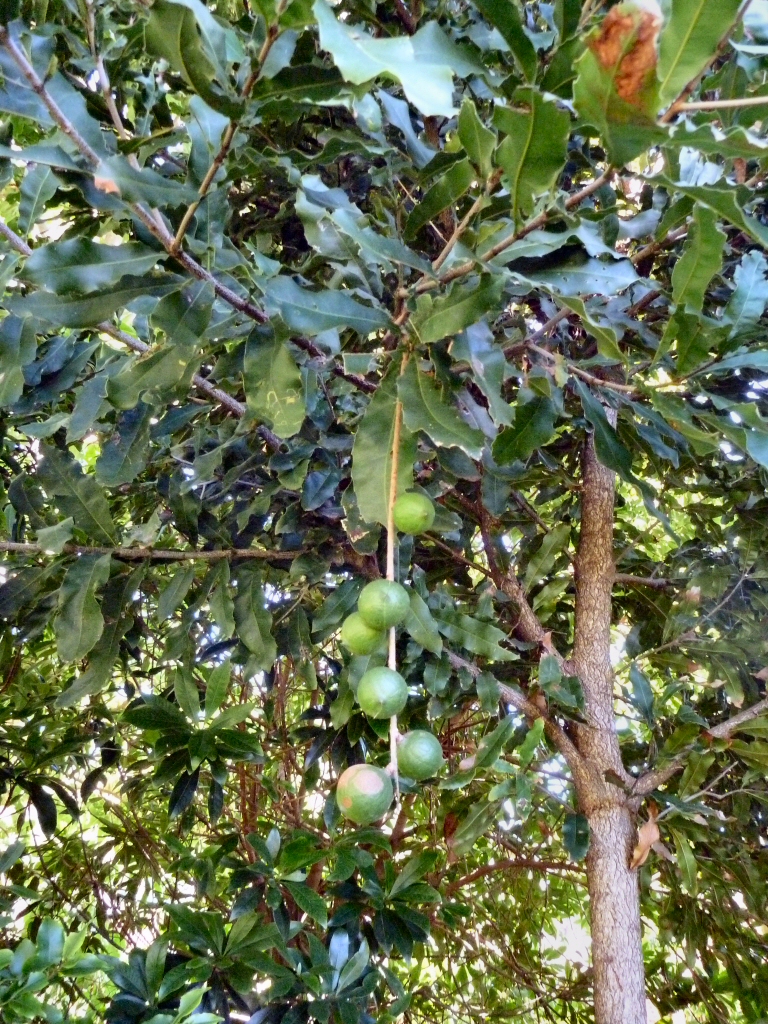
Macadamia integrifolia -macadamia nut
-
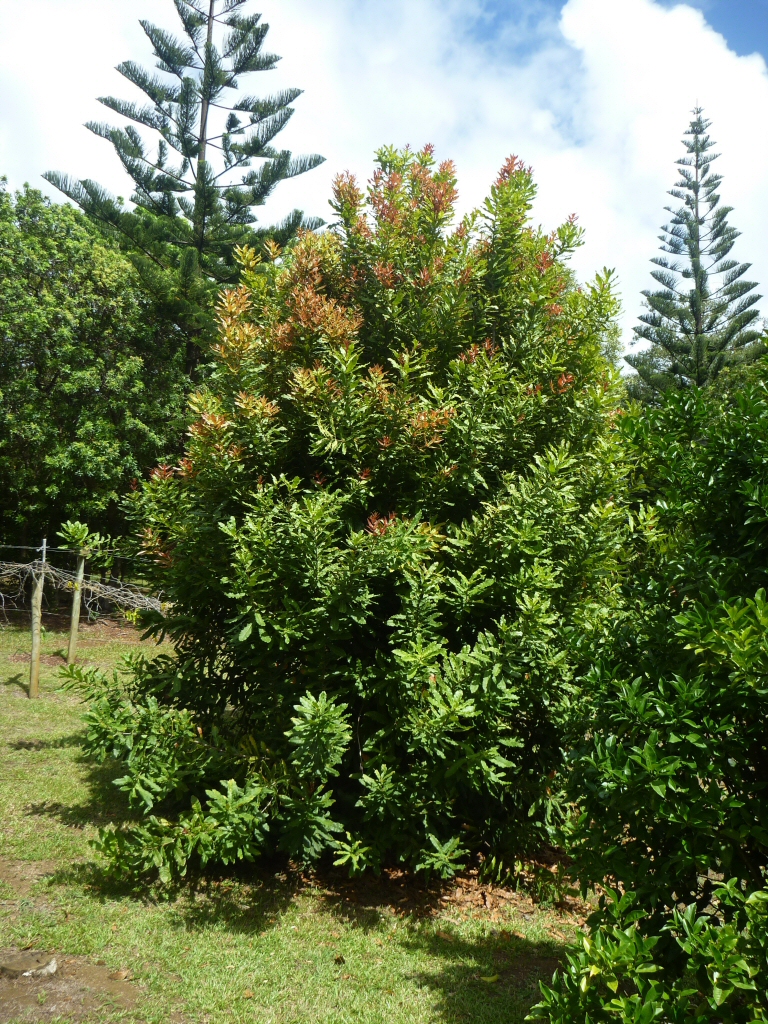
Macadamia integrifolia -macadamia nut
The macadamia nut (Macadamia integrifolia) is undoubtedly Australia’s greatest contribution to the world’s tables with its deliciously flavoured and textured fruit. Like many bush tucker plants it springs from the rainforests of northeastern Australia. It makes a handsome small tree in the garden with its large textured leaves and terminal sprays of creamy white flowers. It requires a well-drained soil and is somewhat tender to frost when it first establishing but can be successfully grown as far south as Melbourne. While they can be grown from seed it is best to buy a grafted tree from a garden centre, as this will guarantee a good harvest. The nuts mature in their incredibly hard coats towards the end of summer and can be collected from the ground at your leisure after they drop in autumn.
Read more about growing macadamia nuts
This is just a taste (sorry, dad’s joke) of some of the wealth of Australian edible plants. Be aware that some of these trees can grow large, so seek further advice for your own conditions. More reading-
Bush tucker plants for small gardens
Angus’s Top Ten Australian Bush Tucker Plants
Bush tucker books
It must be said that bush tucker plants will never substitute for exotic fruits and vegetables for the quantity of food they produce, however, the interesting and often delicious textures and flavours as well as their subtle beauty makes it well worthwhile to include a few of these intriguing Australian species in your garden. There are a number of useful references on this subject including Bush Tucker (Australia’s Wild Food Harvest) by Tim Low, published by Angus & Robertson, The Bush Food Handbook by Vic Cherikoff & Jennifer Isaacs, published by Ti Tree Press, Discovering Aboriginal Plant Use by Philip A. Clarke, published by Rosenberg Publishing.

